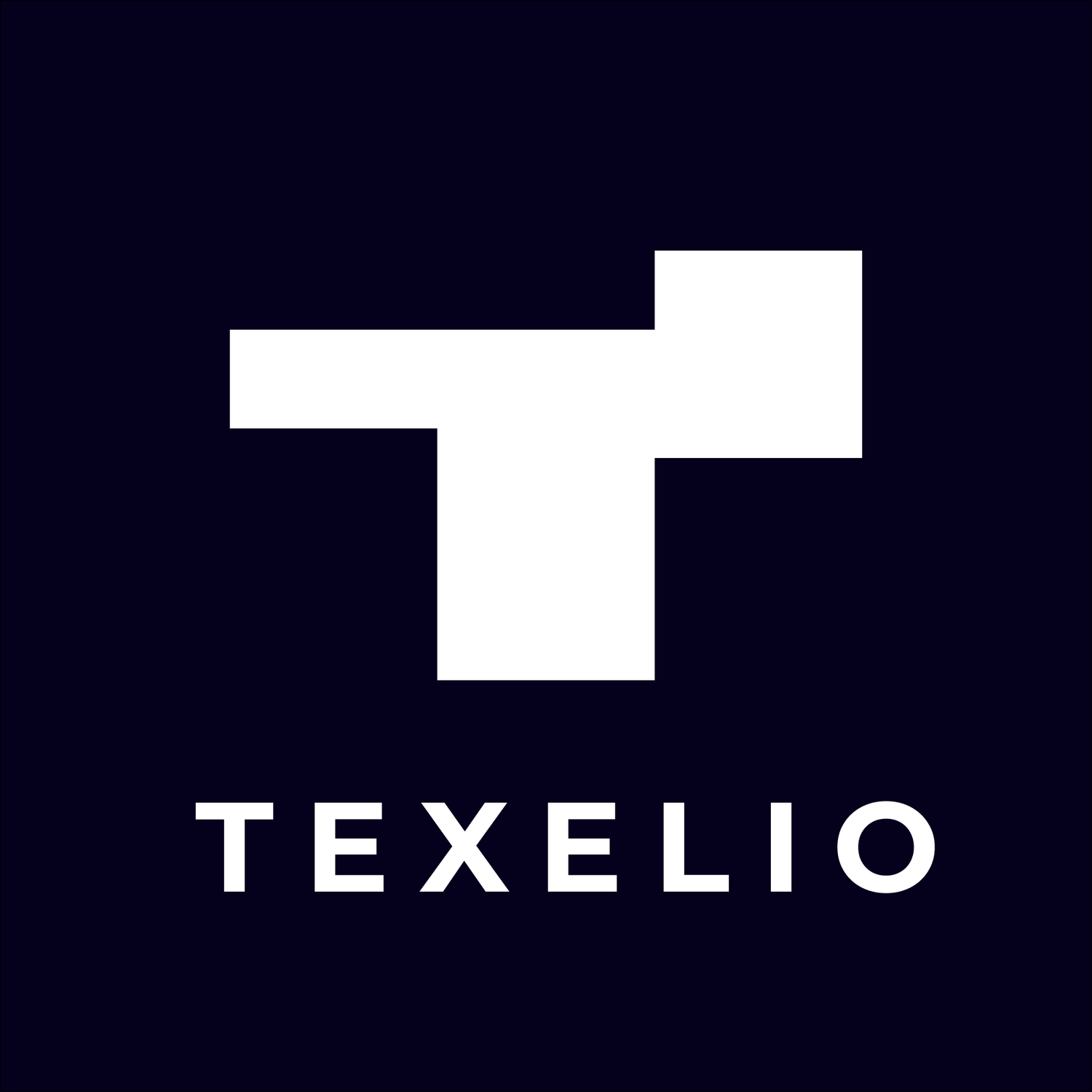Empowering ESG Investing - Why Texelio’s Use Case Matters
The world of finance and investing is changing as ESG (Environmental, Social, Governance) grows from a niche undertaking to mainstream practice. Global ESG assets are expected to grow to $50 trillion by 2025 from today’s $35 trillion, according to Bloomberg Intelligence. Such record capital flows - driven by growing concerns regarding the climate challenge and societal injustices - are devoted to funds that follow the frameworks regulating negative environmental, social and governance impacts.
Apart from the conviction that responsible investing is the right thing to do, there is also research demonstrating superior financial outcomes from this investing strategy. As reported by Forbes, ESG funds show stronger stability and longevity over time. About 77% of ESG funds that existed 10 years ago have survived, compared with 46% of traditional funds. Additionally, there is evidence that companies with a strong ESG rating also achieve attractive rates of return. According to Reuters, the MSCI World ESG Leaders' index has risen 22% in 2021, compared to the MSCI World Index's gain of 15%.
Yet, many critics of ESG question its legitimacy as an investment criteria. One key issue is the lack of a commonly accepted framework to measure the impact company assets have on various ESG areas. To determine company operations as sustainable and responsible clearly defined metrics and appropriate data series that quantify these metrics are required. Typically, market research firms or asset managers calculate a percentage score ranging from 0-100, or an alphabetical grading scheme from A-F to rank a company’s ESG performance. These scores are used as an indicator for the financial markets.
But untangling what defines a good ESG-score, ESG-rating or a good ESG-practice are among the biggest challenges in this field. Hence, these scores are not often transparent and could at times even be contradictory across different benchmarks. Therefore, “greenwashing” has come to dominate the conversation where tweaking ESG scoring algorithms produce manipulated ESG performance outcomes.
The retail investment market is especially jumping on the ESG wagon. Investment platforms widely market ESG as a responsible criteria for retail investors who express more care for how stocks or equity funds they invest in address various environmental, social and governance issues.
But, how can retail investors make sense of the different ESG scores and rankings?
However, simply tracking quantitative ESG-scores may render insufficient for the responsible retail investors Additionally, each of the three dimensions of the ESG-framework comes with sub-categories that can make scoring even more multi-faceted and therefore more complex than objective.
At Texelio, we believe that responsible retail investors make decide on current and future financial savings not only by looking at quantitative sustainability scores that rating agencies issue. Rather, a responsible retail investor seeks out the triggering insights often in qualitative interpretations hidden in an ever growing space of published text, audio and video content covering the stock market.
With Texelio’s Software Development Kit (SDK) for web and mobile, platform customers can now offer their retail investor customers a radically more relevant stock market information experience than the generic and linear financial newsfeed. Essentially with Texelio’s algorithms, platform customer are enabled to deliver latest ESG-specific snippets on macro, equity funds and single-stock content.
How Texelio drives retail investor engagement by 50%-80%.
Depending on whether a user interacts with financial news about single-stocks, equity funds or the broader on macro and markets, data shows that relevance user finds in the shown information itself drives user engagement by 50%-80%. Texelio has therefore developed an easy to integrate solution for retail investment platforms that can provide retail investors with a rich, vibrant and informative ESG-content experience. Once clicked, this “Story Button” takes the retail investor through latest stream of bite-size segments of published text, video or audio content with analyst and journalist discussing key topics auto-mapped to user watchlist, holdings or customized saved searches.
By monitoring retail investor behavior and engagement in stock market textual data, Texelio enables platform customers to capture rich user insight to build a more competitive product and user experience that leads to lasting platform loyalty and increased commission income.
In sum, whether ESG is a sobering attempt to a retail investor’s morale compass or a pivotal gold standard that strives to alleviate or even an outright correct the probable path to a climate catastrophe, Texelio is here to help all stakeholders to know better faster.
In the two subsequent blog, we will go through Texelio’s definition of “relevance” and its application followed by our first customer use case blog!
Stay tuned!
Texelio Team
Read more on the technical side of Texelio’s NLU model here.
Interested in what Texelio can do for you? Reach out and have a chat with us!


